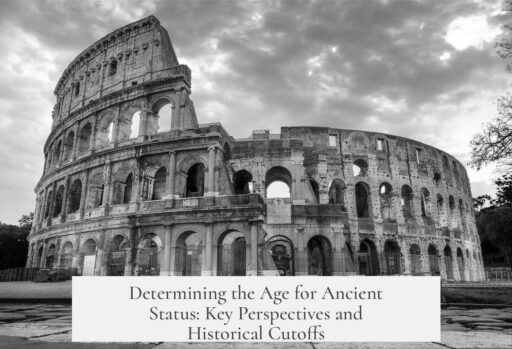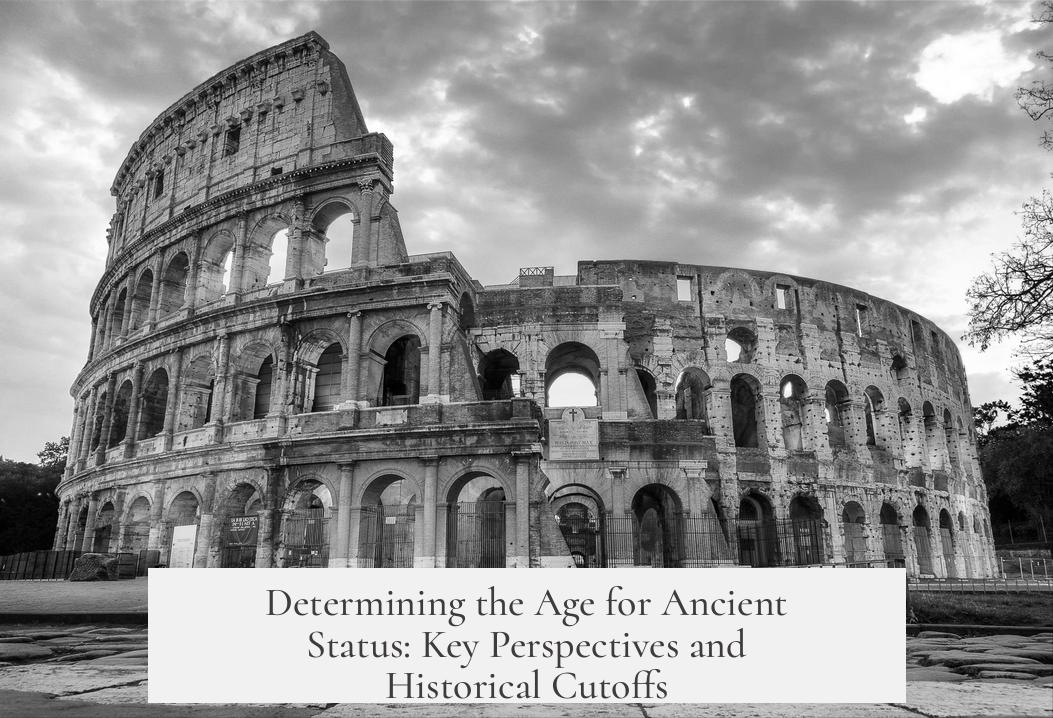Something is often considered ancient if it dates back at least 1,400 to 1,500 years, aligning with historical markers such as the end of the Western Roman Empire and the beginning of the Middle Ages. This classification generally places ancient items or events before approximately 500 A.D.
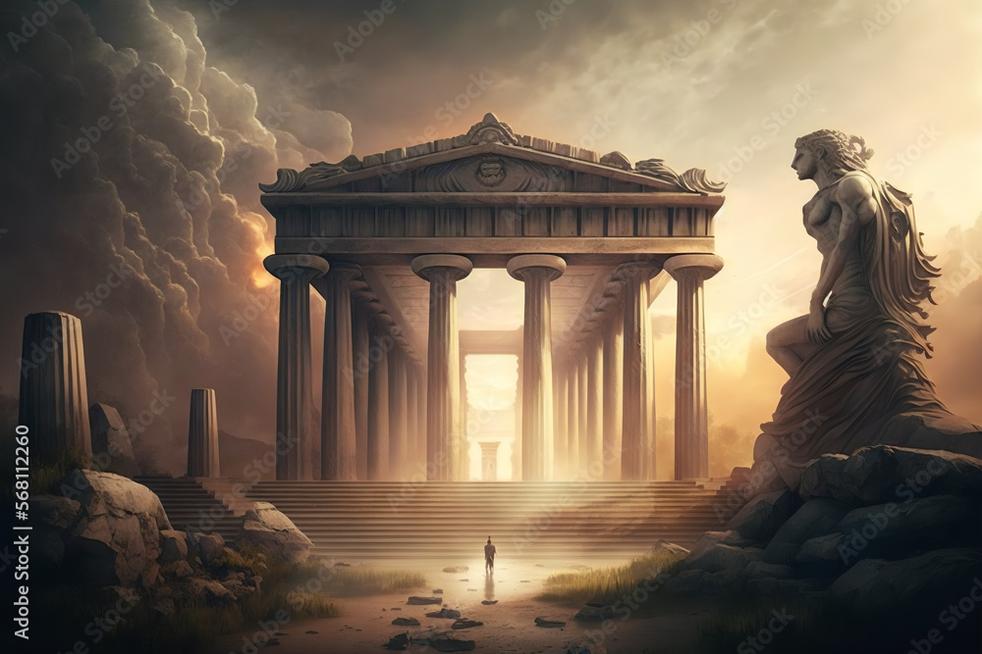
The term “ancient” commonly refers to periods before the Middle Ages. The Middle Ages typically start in the 6th century, around 500 to 600 A.D. Thus, anything older than this range is often called ancient in a historical context.
A widely accepted historical endpoint for ancient history is the fall of Romulus Augustus in 476 A.D., who was the last emperor of the Western Roman Empire. Following this event, Odoacer did not claim the imperial throne, marking the end of Roman imperial rule and the start of medieval times.
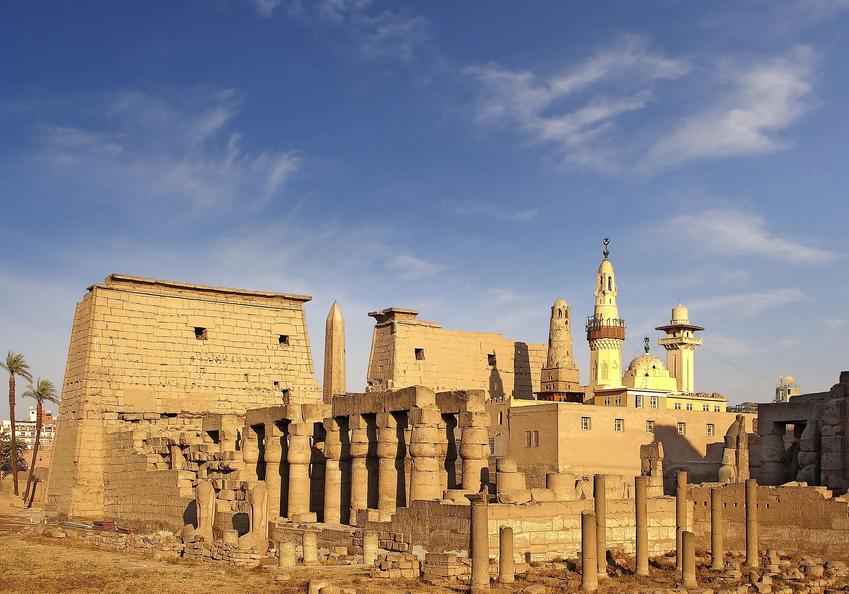
Some historians also consider the coronation of Charlemagne as a significant marker that signals the beginning of the medieval period. Charlemagne’s rise as Holy Roman Emperor in the 8th to 9th century helped shape medieval Europe’s political landscape.
In Islamic history, the Hijra—the migration of Muhammad from Mecca to Medina in 622 A.D.—serves as another significant transition point. The Muslim calendar starts at this event, dividing ancient history and medieval history within that context.
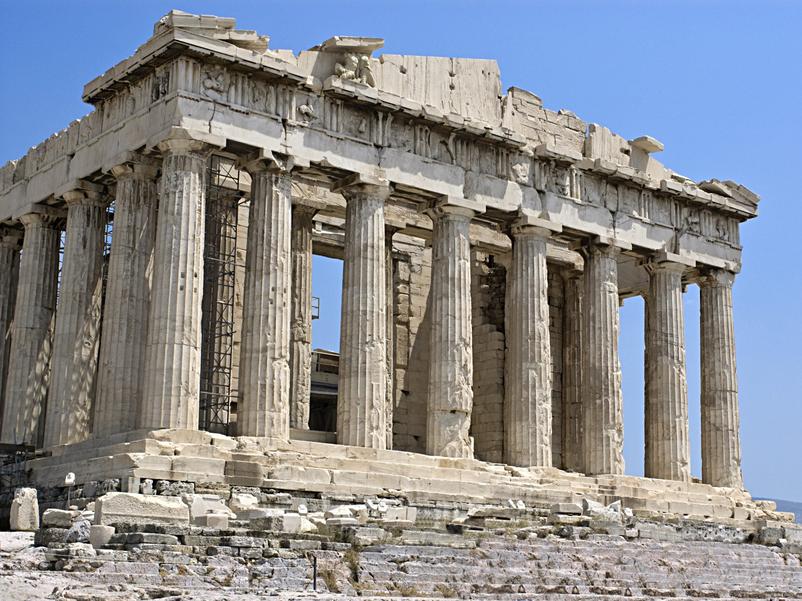
Generally, historians define ancient history as the span from the beginning of recorded history up to around 500 A.D. This period includes early civilizations such as Mesopotamia, Ancient Egypt, Ancient Greece, and Rome.
- Ancient history ends roughly around the 5th to 6th century A.D.
- The fall of the Western Roman Empire in 476 A.D. is a key turning point.
- The Middle Ages begin around 500-600 A.D.
- Different cultures use various markers like the Hijra for historical division.
These timescales help historians and archaeologists categorize artifacts, texts, and cultural developments as “ancient” when they are approximately 1,400 years old or more.
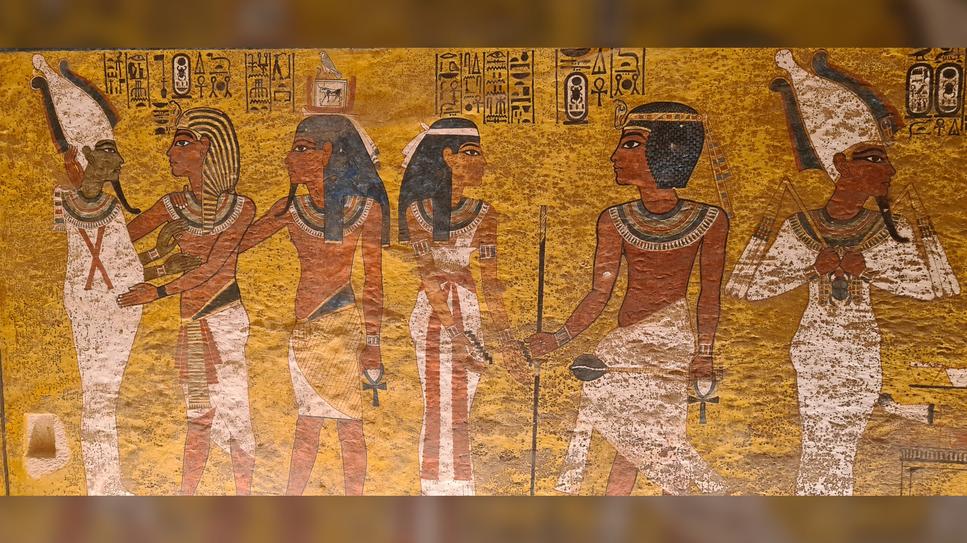
How Old Does Something Have to Be to Be Considered Ancient?
Simply put, something is considered ancient if it’s at least 1400 to 1500 years old. This might not sound like a magic number at first glance, but it ties deeply into how historians segment human history. Let’s break down why that matters and what exactly defines “ancient.”

When you think of “ancient,” what pops up? Dinosaurs? Nope, that’s prehistoric. Maybe the Egyptians? Closer.
The Historical Frame: Middle Ages Mark the Cutoff
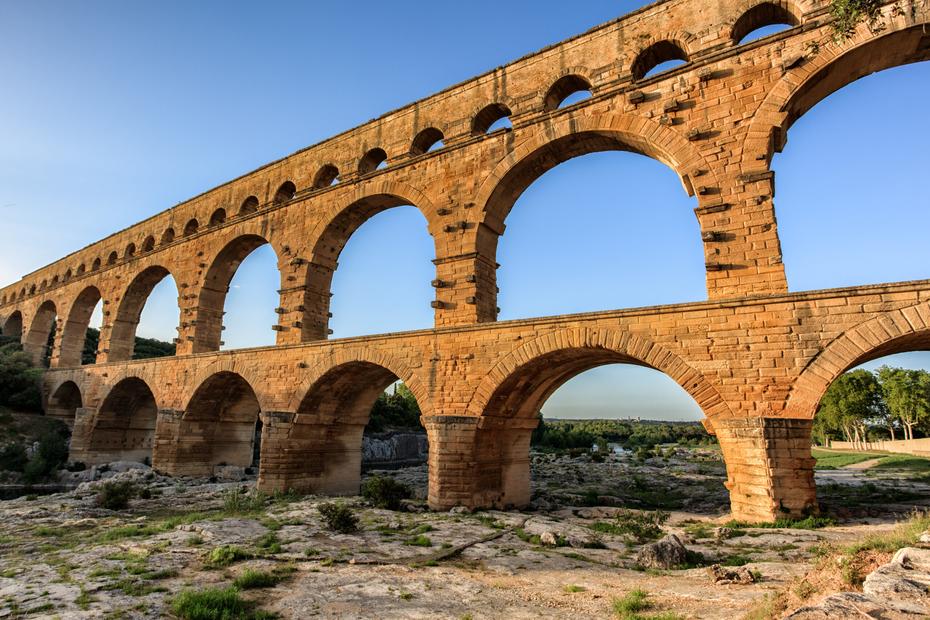
The key to understanding ancient versus not ancient lies in the Middle Ages, which most scholars establish as starting roughly in the 6th century A.D., or about 1400-1500 years ago. So anything older than that typically qualifies as ancient history.
This timeline comes from significant social, political, and cultural shifts. To put it simply, things before about 500-600 A.D. live in the ancient world. After that, you’ve stepped into medieval times.
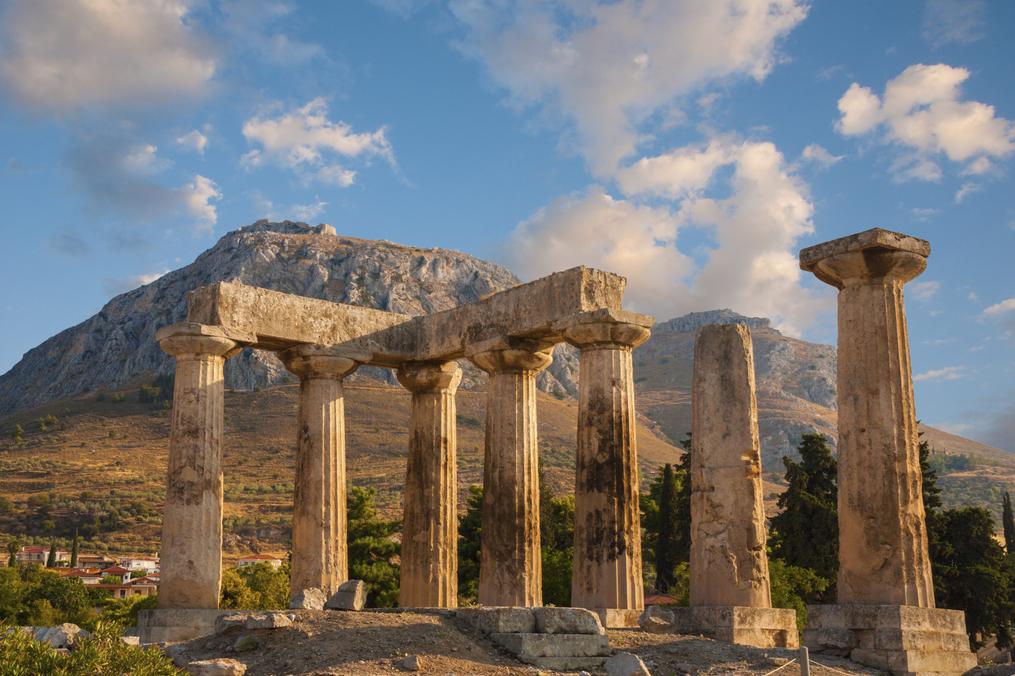
The Fall of Romulus Augustus: The Last Flicker of the Ancient World
Now, why 476 A.D.? Because that’s when Romulus Augustus, the last Western Roman Emperor, was ousted. This event effectively ended the Western Roman Empire. Odoacer, the man who deposed him, refused the Roman imperial crown—marking the end of an era.
This historical turning point is a popular marker for the end of ancient times. It’s like the final episode of a long-running series before the plot takes a dramatic twist into the medieval saga.
Alternative Perspectives: Charlemagne’s Rise and the Holy Roman Empire
But hold on—the story doesn’t end there. Some historians argue the cutoff comes a bit later, with Charlemagne’s coronation as Holy Roman Emperor around 800 A.D. This marks the start of a new political state that shapes medieval and early modern European history.
This view shifts the ancient-to-medieval boundary about three centuries forward, giving a fresher and arguably more structured sense of the medieval period emerging.
The Hijra: A Cultural Marker Dividing Ancient and Medieval History
Here’s an interesting twist from the Islamic world. The Hijra—Muhammad’s flight from Mecca to Medina around 622 A.D.—provides a clear division in Islamic calendars and historians’ minds.
The Muslim Persian calendar uses this event as year 1, separating ancient history (all dates before) from medieval history (dates after). Ancient history, in this view, covers all the negative or pre-Hijra dates.
This adds a cultural and religious dimension to demarcating ancient times—showing that “ancient” isn’t a universal blanket term but depends on perspective.
A Quick Summary Table for the Ancient Threshold
| Event | Date | Significance | Ancient? Before this year? |
|---|---|---|---|
| Fall of Romulus Augustus | 476 A.D. | End of Western Roman Empire | Yes |
| Start of Middle Ages (commonly) | 6th century (around 500-600 A.D.) | Beginning of medieval period | Yes |
| Hijra (Islamic Calendar Year 1) | 622 A.D. | Divides ancient/medieval in Islamic history | Yes |
| Charlemagne’s Coronation | 800 A.D. | Start of Holy Roman Empire, medieval definition | Maybe (alternative view) |
So Why Does It Matter When Ancient Ends?
Defining “ancient” isn’t just academic nitpicking. It impacts everything from archaeology to literature classification to how we understand human progress.
Think about it. Calling something ancient puts it in a category that implies a huge historical disconnect. Objects that are 200 years old? That’s barely antique. But objects 1500 years old? Ancient! They belong to a civilization long gone, often with unknown traditions, languages, and customs.
For example, the Great Pyramid of Giza stands tall at around 4500 years old—that’s ancient beyond any doubt.
Practical Tips for Determining if Something is Ancient
- Check the date: Anything before around 500-600 A.D. usually fits the ancient tag.
- Consider the culture: Historical transitions vary worldwide. Ancient China, Egypt, or Mesoamerica might have different timeframes.
- Context matters: Is the artifact linked to a pre-medieval civilization? If yes, it probably counts as ancient.
- Look at historical markers: Events like the fall of empires or religious milestones help pinpoint transitions.
Keep these guidelines handy if you’re curating history collections or exploring old ruins. It saves you from mislabeling a Roman coin as modern bling or mistaking medieval pottery for ancient relics.
The Bottom Line: Ancient Equals Seriously Old and Historically Significant
In conclusion, something needs approximately 1400 to 1500 years under its belt, meaning it must predate the 6th century A.D. to be considered ancient. The fall of Romulus Augustus in 476 often signals the *end* of ancient history—your last cameo from that era before the medieval takeover.
Alternatives like Charlemagne’s rise or the Hijra event offer insightful cultural distinctions, but all agree: ancient means ancient. That’s longer than your ancestors would have imagined and a reminder of how human civilization evolved.
Next time you hear “ancient,” think: a world before knights, castles, or even the early medieval scribes. It’s a timeline where empires fell, religions were born, and foundations for modern societies formed. And now, when exactly is “ancient” for you?
